Your Guide to Better Dog Training and Stronger Bonds
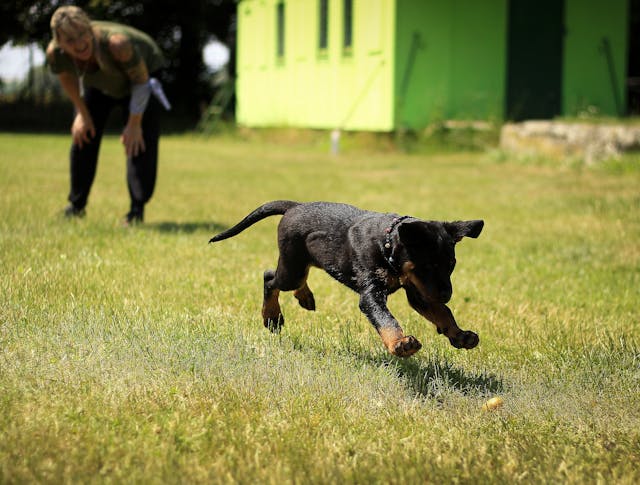
Your Guide to Better Dog Training and Stronger Bonds A Workshop brings dog owners and trainers together for hands-on learning you can use every day.
It’s made for anyone who wants a happier, better-behaved dog—whether you’re just starting out or want to build on what you know.
The main goal is simple: strengthen your bond with your dog while teaching important skills.
Through guided activities, you’ll practice effective training, learn to solve common behavior issues, and get advice from professionals.
Attending gives you the tools to build trust with your dog and more enjoyable walks, play, and time together.
Key Takeaways
After attending a Workshop, many dog owners leave with more than just basic training tips. The sessions focus on building both your confidence and your dog’s skills in a way that’s easy to understand and use at home.
Here are some essential takeaways to keep in mind as you think about how K9TI workshops can help you and your dog grow together.
Table of Contents
Photo by Pavel Danilyuk
Hands-on Experience Matters
Workshops give you hands-on time to practice training methods in real life, not just from a video or book. You’ll work side by side with professionals and other pet owners.
This group setting makes it easy to see that you’re not alone—even those with years of experience still learn new things.
Many participants mention in their workshop reviews that having real-time guidance helped them feel more confident when working with their pets at home.
Focus on Communication and Trust
One of the main goals is to teach clear communication between you and your dog. The activities center around simple steps, like using the right body language and tone of voice. This boosts your dog’s trust and loyalty, making everyday situations—like walks or greetings—much smoother.
Addressing Common Challenges
Every dog has quirks, but those quirks don’t have to become lifelong problems. The Workshop covers common issues like pulling on the leash, not coming when called, or barking at the door. You get simple solutions broken down into steps that actually work, so you can start seeing progress right away.
Personalized Feedback
Instructors offer guidance tailored to your dog’s needs. You’ll notice what works, what doesn’t, and walk away with tips that make sense for your dog’s unique personality.
Support and Community
Workshops give you access to a group of people who care about dogs just as much as you do. Sharing stories and seeing others improve together creates a helpful, positive atmosphere. If you ever feel stuck with your training plan, there’s always someone who’s been in your shoes before.
If you’d like to hear real stories from other owners, check out this discussion about K9 Training Institute experiences. Many share honest feedback about what worked best for them and their pups.
In summary:
- You get hands-on practice in a supportive setting.
- Workshops focus on real life situations and simple solutions.
- Instructors help with guidance customized for your dog.
- The supportive community keeps you motivated and connected.
These takeaways help you build a better relationship with your dog and give you tools to keep learning together long after the workshop ends.
What is the Workshop?
The Workshop stands out as a hands-on learning course focused on practical dog training for everyday life. It’s built for dog owners who want more than textbook advice—they want real results and a relationship with their dog that feels natural and rewarding. T
he goal is to create a space where owners can learn, practice, and share with others, all guided by professional trainers.
 Photo by Pavel Danilyuk
Photo by Pavel Danilyuk
Defining the Workshop
The K9TI Workshop is an interactive experience that helps dog owners and their pets build stronger, more trusting relationships. K9TI stands for K9 Training Institute, a group known for science-based dog training that’s gentle and effective.
Workshops blend group activities with personalized coaching, so you get the best of both worlds. Instead of just watching from the sidelines, you work side by side with trainers and your dog. The setting stays supportive and relaxed, helping build skills without unneeded pressure.
What makes the K9TI Workshop unique:
- Focuses on body language and positive reinforcement.
- Covers both basic skills and specific behavior issues.
- Offers feedback tailored to each dog’s needs.
- Aims to make training simple and less overwhelming.
Origins and Approach
K9TI workshops began as a way to make effective dog training accessible to regular dog owners—not just professional trainers. The founders noticed a gap between what people read about dog training and what truly works in the real world. They built the workshop format so everyone could practice skills, ask questions, and get help on the spot.
Unlike some programs that rely mostly on strict rules, K9TI’s method is flexible and adapts to how each dog learns. Their trainers use positive reinforcement and focus on reading a dog’s signals. This approach encourages dogs to feel safe, eager to learn, and open to new skills at their own pace.
Why It Matters for Dog Owners
Dog owners choose the K9TI Workshop because it addresses everyday problems—like jumping, barking, or ignoring commands—without making things complicated. The workshop doesn’t expect dogs to learn in one session, but gives owners step-by-step tools they can use at home.
You’ll come away with:
- Clearer communication with your dog.
- Practical tools for stubborn problems.
- More confidence handling your dog in public or around friends.
- Insights on how dogs think and learn.
The real value is in the supportive community and expert guidance, helping you turn small changes into big improvements.
How K9TI Differs from Other Workshops
While many dog training courses offer general skills, the K9TI Workshop digs into both behavior and the owner-dog relationship. Here’s how it compares:
- Other workshops: Often stick to a set curriculum and leave little room for tailoring. Feedback can be generic and might not address your dog’s quirks.
- K9TI Workshop: Trainers watch, listen, and adjust advice for each participant. Sessions are interactive with plenty of real-time problem solving.
For a deeper look at practical dog training advice and nutrition tips that align with K9TI’s gentle methods, take a look at this guide on choosing the right high-value dog treats to support your training success.
By choosing the K9TI Workshop, dog owners gain fresh skills that make daily life with their dog smoother and more enjoyable. Regular feedback and encouragement help keep progress going, long after the workshop ends.
For more details on positive training and how to reinforce new behaviors at home, check out this resource on effective reward-based training methods.
Key Benefits of Participating in a K9TI Workshop
Attending a K9TI Workshop offers a hands-on path to better dog behavior and a happier home life. These events do more than teach sit and stay—they nurture the relationship between you and your dog, while giving you real-life solutions and support. Here’s a closer look at the top reasons why dog owners keep coming back to these workshops for results that last.
Socialization for Well-Rounded Dogs
Dogs thrive when they spend time with other pups and new people. Workshops give your dog chances to meet animals of all shapes and sizes in a safe, calm setting. This real-world practice builds a dog’s ability to handle new sights, sounds, and situations.
When your dog learns to calmly greet a stranger or ignore distractions, walks become easier and stressful vet visits become a thing of the past. For more targeted tips on how different breeds respond to socialization, see this Dachshund dog guide.
Improved Obedience Skills
Nothing beats having a dog who listens. At a K9TI Workshop, trainers teach clear steps for basic commands like come, stay, and leave it. You’ll learn how to keep your dog focused, even with barking dogs or dropped food around.
Dogs pick up these lessons faster through group practice—watching others and getting instant feedback. As a bonus, every new command boosts your dog’s confidence too.
To see how training expectations line up across breeds, you might enjoy this breakdown on Boxer dog traits, which includes what obedience challenges are common and how workshops help.
Owner Education You Can Use
Workshops aren’t just about dogs—they’re about owners learning how to lead and support their pets. Instructors break down training steps into bite-sized pieces, using clear words and easy demonstrations.
Expect to walk away with:
- Positive ways to correct unwanted behaviors
- Tips on reading your dog’s signals
- Strategies for keeping your dog relaxed in busy places
These insights empower you to make quick choices on the fly, take control in busy places, and build routines everyone can stick with. Even seasoned owners pick up new tricks for daily living.
Stronger Bond Between Dog and Owner
Every dog wants to feel safe with their human. K9TI Workshops build trust by showing owners how to use praise, rewards, and body language that makes sense to dogs.
Spending focused time together in a fun, supportive setting deepens loyalty. Think of it as quality time that teaches both of you how to support each other—at home, on walks, and during new adventures.
You don’t need to be a training expert. Small wins at the workshop translate into more fun at home, fewer struggles, and a sense of teamwork that keeps growing long after the session ends.
Core Training Techniques and Activities
K9TI workshops shine when it comes to rolling up your sleeves and working directly with your dog through practice and play. Sessions mix fun, movement, and real results, so you get the skills you need without feeling overwhelmed. Each workshop includes a blend of classic training, new approaches, and practical activities that build real-world confidence for you and your dog.
Interactive Obedience Skills Practice
These sessions focus on the basics that every dog owner wants—sit, stay, come, leave it, and polite leash walking. You’ll work directly with trainers who break down each step, offer instant feedback, and help you get hands-on experience that sticks.
During practice:
- Trainers use positive reinforcement, rewarding good choices with treats, toys, or praise.
- Dogs are taught to follow cues both indoors and outside, ensuring they listen no matter the distraction.
- Every skill practice is designed so you can keep training going at home, supported by the simple, actionable feedback you get.
Obedience work here is never one-size-fits-all. If your dog doesn’t love treats, you’ll get tips to motivate with toys or play. If he’s shy or nervous, trainers use softer approaches and gentle encouragement to build his courage.
Canine Socialization Sessions
Meeting other dogs and new people in a friendly setting builds your dog’s confidence and helps prevent fear-based reactions later on. Socialization activities at K9TI workshops let your dog practice good manners—like calm greetings and sharing space—in a controlled, stress-free way.
Key features of socialization sessions include:
- Small group activities where dogs sniff, play, and build polite habits.
- Monitored introductions to help shy or excitable pups adjust at their own pace.
- Calm, guided exposure to new sounds, sights, and textures.
These activities help reduce barking, leash pulling, and other uneasy behavior around strangers or other animals. If you’re looking for guidance on how temperament and breed can affect socialization needs, see this internal guide on how different breeds develop social skills.
Problem-Solving and Real-Life Scenarios
Dogs are great at learning in the living room, but real life brings surprises. K9TI workshops go beyond drills by setting up real-world challenges so you and your dog can build problem-solving skills together. Trainers stage distractions—like food on the ground or unexpected noises—and then coach you through calm, effective responses.
Typical exercises include:
- Practicing recall (coming when called) in busy settings.
- Teaching dogs to relax when the doorbell rings or guests arrive.
- Working through leash reactivity with patient correction and redirection.
Trainers show you how to spot what your dog is really saying with his body language. You’ll learn to use positive methods—like guided redirection instead of scolding—so you get results without breaking trust.
Want to build stronger bonds while addressing these everyday hurdles? Explore more about behavioral strategies and nutrition with this guide to encouraging calm, positive habits at home, which matches well with the workshop’s philosophy.
Through interactive sessions, confidence-boosting social practice, and practical real-world problem-solving, K9TI workshops give you the tools you need to help your dog succeed in every part of life.
How to Prepare for a K9TI Workshop
Getting ready for your K9TI Workshop sets you and your dog up for success right from the start. Planning ahead allows you to make the most of every lesson and enjoy the experience without stress. The right preparation brings out your dog’s best and helps you feel more confident walking through the door.

What to Bring to the Workshop
Packing the right gear makes your workshop easier and more enjoyable. Before heading out, double-check your bag for these essentials:
- A sturdy leash and flat collar (no retractables or chain collars)
- Your dog’s favorite treats, broken into small pieces for rewards
- A favorite toy for breaks
- Portable water bowl and fresh water
- Clean-up supplies, such as bags for waste
- Proof of up-to-date vaccinations (if required)
- A notepad or phone for taking notes
Comfort also matters for both you and your pup. Dress in layers and wear closed-toe shoes with good grip so you can move freely during activities.
Health and Safety: Vaccination and Wellness Checks
Your dog’s safety and the wellbeing of the group depend on making sure everyone is healthy. Most workshops require proof of current vaccinations like rabies, distemper, and parvovirus. Some may ask for a recent checkup or negative fecal test. Bringing documentation keeps the check-in process smooth and shows you’re a responsible participant.
If your dog has shown signs of illness, like coughing or diarrhea, it’s best to reschedule for everyone’s safety. Always have emergency contact information on hand, just in case.
Preparing Your Dog Mentally and Physically
A well-prepped dog feels less anxious and more ready to learn. Start with light exercise before the event, like a walk or play session. This helps burn off extra energy and makes it easier for your dog to focus during activities. For more on this, the advice from Prepare For Puppy Class Like a Pro is helpful—taking your dog for a short walk and bathroom break before class keeps them comfortable and relaxed.
Introduce your dog to new environments leading up to the workshop, so the new setting isn’t a shock. Practice being around other dogs from a safe distance. Some find extra social outings—like a stroll around a busy park—helpful in getting pups used to new sights and sounds.
Set Yourself Up for Calm Confidence
Your dog will read your mood. If you start calm, they’re more likely to feel secure too. Arrive a little early so both of you have time to settle in, sniff around, and get comfortable with the space.
- Take some deep breaths and shake off any nerves.
- Focus on having fun and keeping learning light.
- Plan to praise every effort, even small ones.
Friendly reminders from other owners, like those found in this community thread about preparing for a first training class, stress staying patient and flexible when your dog is in a new environment.
Extra Tips for a Great First Session
To get the absolute most value, consider these extras:
- Feed a light meal before class: A slightly hungry dog is more food-motivated.
- Reward calm behavior: When your dog relaxes and listens, make sure to praise or reward.
- Bring patience: Training is a journey—expect ups and downs.
If you’d like more tips on keeping your dog motivated and stress-free, see how selecting the right treat can make a big difference in your training sessions with this resource on choosing the best high-value treats for training.
Preparing well helps both you and your dog stay positive and make the most of your K9TI Workshop adventure. Start simple, focus on connection, and you’ll see steady progress together.
What to Expect: Outcomes and Next Steps
Taking part in a K9TI Workshop sets the stage for noticeable growth in your dog’s behavior and your own skills as an owner. When the last session ends, the journey doesn’t stop. You’ll see changes at home, and you’ll know what to do next for lasting progress. Let’s walk through what improvements to look for, how to keep building on your success, and where to go from here.
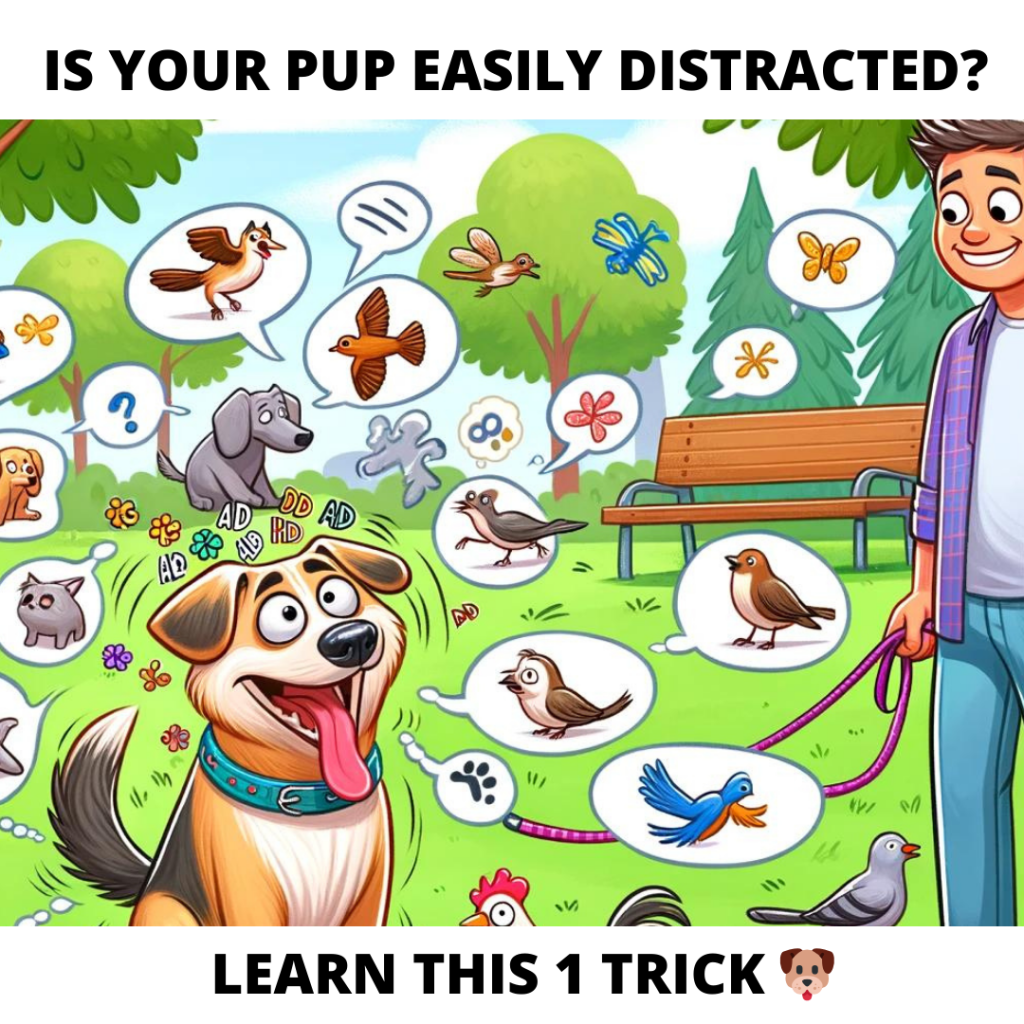
Immediate Results You’ll Notice
After your workshop, expect some quick wins you can spot in daily life. Dogs often become calmer around distractions and more responsive to your cues. Owners pick up practical skills that make every walk and play session smoother.
Many participants mention these common outcomes:
- Easier leash walks and less pulling
- Quicker sits, downs, and other basic commands
- Calmer greetings toward guests and other dogs
- Better focus even when things are busy
Confidence grows on both sides of the leash. You’ll step out ready to handle public outings, park trips, and busy sidewalks with less worry.
Building Momentum at Home
The workshop gives you a strong foundation, but what you do next matters most. Regular, short practice sessions keep your dog sharp and remind them of what they’ve learned.
Easy ways to stay on track:
- Review a new skill for 5 minutes a day—short and fun beats long and boring.
- Add practice to routines, like asking for a sit before meals or walks.
- Use a variety of rewards, including treats, toys, or praise, to keep things interesting.
- Make every training moment feel like a game, not a test.
For more ideas on daily work that strengthens behavior, see this Quora discussion on next steps after your dog learns a command. It’s packed with real-world tips from dog owners and trainers.
Continuing the Training Journey
Dogs are always learning, and your journey as their teacher keeps going. The workshop is a powerful starting point, giving you tools and problem-solving skills. Life will throw new situations your way, so keep building with ongoing practice.
Keep your dog’s brain active by:
- Introducing new tricks or challenges—this can be as simple as a “place” command or learning to carry their own leash.
- Mixing up practice locations to help your dog generalize skills.
- Seeking out low-key opportunities to socialize, like walks in busier areas or calm meet-ups with other dogs.
If you ever hit a roadblock, don’t worry. Many owners run into hurdles after formal training. Check out stories from others who continued their training, like this Reddit post on life after a dog training program. It shares honest feedback on keeping up progress at home.
Setting New Goals and Finding Support
Training isn’t once-and-done. Set small, realistic goals as you and your dog grow. Maybe it’s a more reliable recall at the park, or a calm sit for guests after the doorbell. Celebrate each win and keep sessions upbeat—your dog will look forward to learning time.
Workshops often introduce you to local training networks or online groups. These are great spots for advice, encouragement, and joining advanced classes. If you want a refresher or have new behavior questions, expert trainers are just a message away.
To deepen your understanding, even beyond training, consider how good food and nutrition impact learning. Healthy dogs focus and listen better. Explore guides like this puppy nutrition guide to give your young learner the best start.
Making Training a Habit for Life
Keep sessions short, positive, and a regular part of your routine. Dogs are at their best when training feels rewarding. By weaving these habits into daily life, you’ll turn new behaviors into lifelong skills both you and your dog can count on.
You’re not alone in this—every dog owner faces ups and downs. What matters most is persistence, patience, and making training fun. As you put what you’ve learned into practice, you’ll see your dog’s confidence grow, and your own, too.
Frequently Asked Questions About the K9TI Workshop
Every dog and owner pair comes with their own set of questions before attending a K9TI Workshop. Curious about what to expect, what to bring, or if your dog’s quirks will fit in? This section clears up the most common questions, so you can show up with confidence and make the most of your training experience.
What Kinds of Dogs Can Join the K9TI Workshop?
The K9TI Workshop welcomes most breeds and ages, whether your dog is a puppy just learning the ropes or an older pet who could use a few manners tune-ups. Trainers work with different temperaments and energy levels, offering support that matches each dog’s personality. If your dog has special needs or is reactive, let the team know in advance—they’re ready to help with tailored advice and added patience.
For a look at how workshops support a range of breeds and needs, the Frequently Asked Questions About Our Dog Training Programs page offers useful perspective.
Do I Need Prior Training Experience?
No experience is required. Many participants are first-time dog owners, but trainers also support those with years of background who are working on new challenges. The workshop is designed to break skills into simple steps, so everyone learns together. If you already know the basics, you’ll get refinements and advanced tips. If you’re new, you’ll be guided from step one with plenty of encouragement.
How Long Are the Workshops and What’s the Format?
Workshops often run between two and four hours, depending on the focus for the day. There’s a mix of group learning, individual attention, and hands-on activities. Expect short breaks for water, notes, and some playtime, making it enjoyable for both you and your dog.
Group activities encourage friendly support and foster strong teamwork among participants. From sit-stay drills to distractions practice, every session is active but low-pressure.
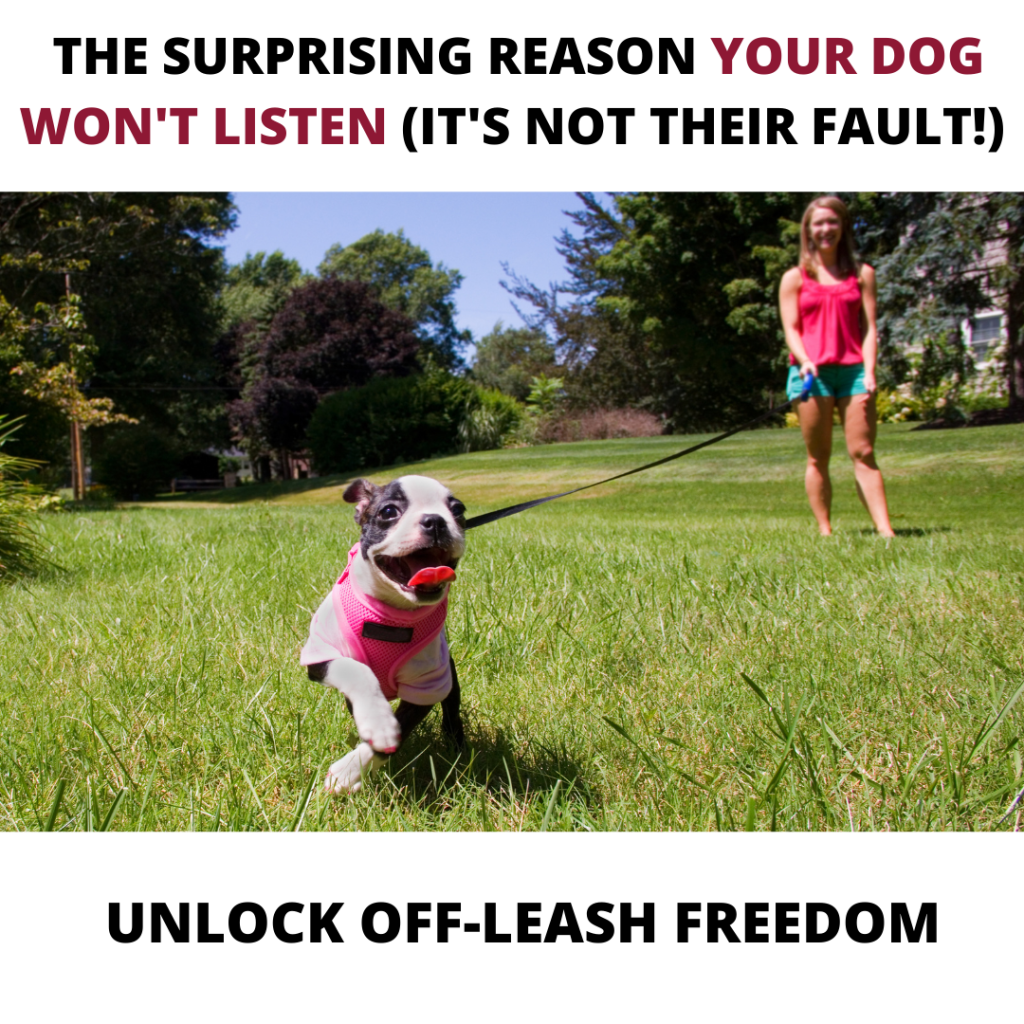
What Should I Bring?
Bring the basics—a sturdy leash, flat collar, favorite treats, a water bowl, and clean-up bags. Always pack proof of vaccinations. Don’t forget a favorite toy and a notepad if you like jotting down tips. Dress to move comfortably; closed-toe shoes and layers work best. For a helpful list and more prep ideas, review our section above on what to bring and check out this practical guide to preparing for dog classes.
Will My Dog Behave Around Other Dogs?
It’s normal to worry! Most dogs arrive a little excited or nervous. Trainers expect this and guide you through introductions and calming exercises that ease your dog into the activities.
In fact, working with others is part of what helps your dog learn to manage new situations better. If your pup barks or pulls, that’s okay—trainers are there to help, not judge.
If your dog has a pattern of strong reactions toward dogs or people, speak with the team ahead of time. They can create a safe setup so everyone benefits from the session.
What If My Dog Has Trouble Learning?
Every dog is different—some pick things up fast, others need extra time. K9TI trainers break down steps, celebrate small wins, and never rush. If you hit a roadblock, they offer personalized support and will suggest changes the moment something isn’t working.
The focus stays on progress, not perfection. For tips on tackling stubborn behaviors, check out this resource on common dog training questions.
Can I Contact Trainers After the Workshop?
You are encouraged to reach out for help after class. Many workshops share trainer emails or access to online groups, so you can keep getting support as you practice at home. Staying in touch helps you troubleshoot sticky spots and celebrate your progress.
What’s the Best Way to Keep Building at Home?
Consistency is your best friend. Short daily sessions, lots of praise, and practicing in new locations help your progress stick. Want more guidance? For advice on using food and routine to reinforce good habits, review this post on how to choose the best high-value treats for training.
These FAQs answer the big questions that dog owners ask before they step into their first session. Show up with these basics in mind, and you’ll be ready for a great workshop experience—tail wags and all.
Conclusion
A K9TI Workshop gives you practical tools and community support for real progress with your dog. The skills and confidence you build lead to a stronger, happier bond at home and beyond. Take time to think about your dog’s needs, strengths, and where you’d like to improve together.
Every dog-owner pair has the chance to benefit from new challenges, positive routines, and enrichment. To keep your momentum going after the workshop, explore ways to enrich your dog’s life and keep their mind active. Thank you for taking steps to grow as a team—keep learning, keep practicing, and enjoy each moment together.




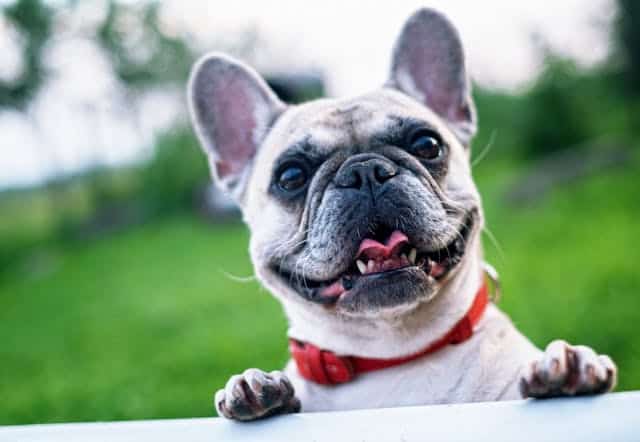
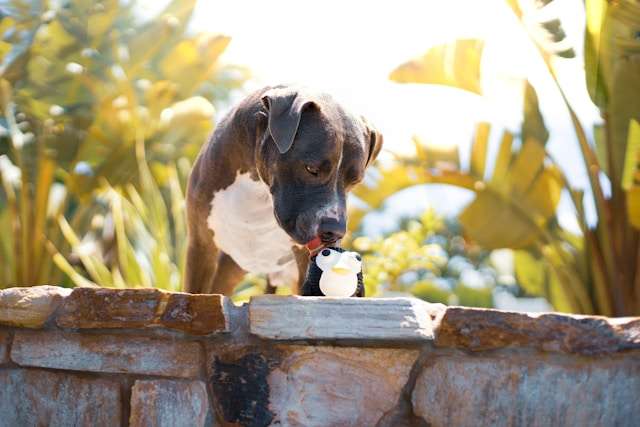
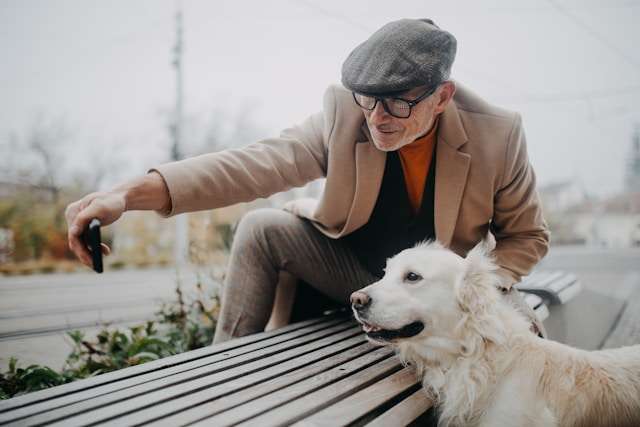
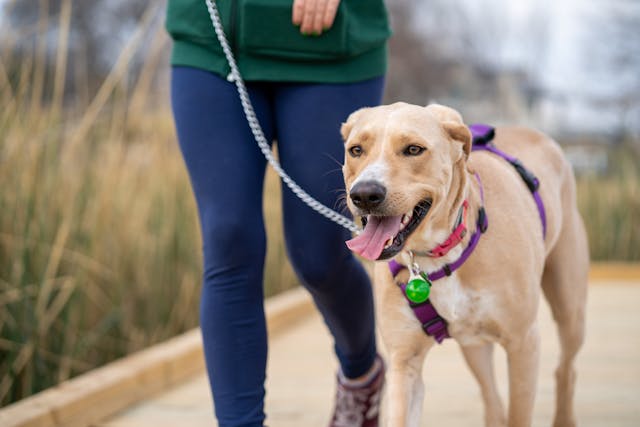

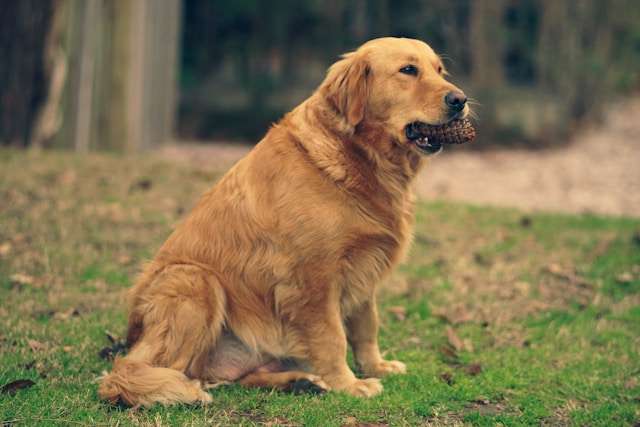
2 Comments